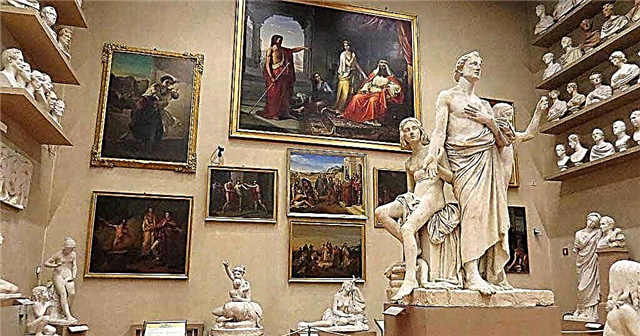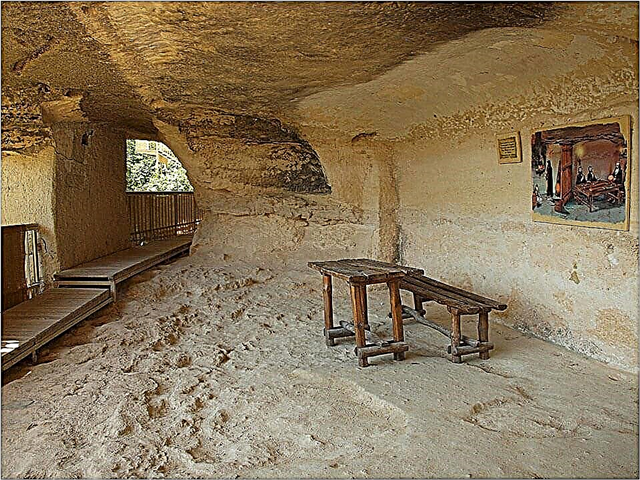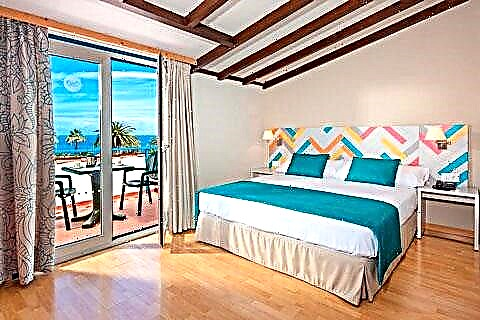Venice is the most beautiful pearl of Italy. A city of unique architecture and rich cultural heritage. The cradle of lovers of the whole world and the haven of talented creators. Its branchy streets, separated by water canals, abound with one-of-a-kind architectural monuments, as well as a variety of workshops, libraries and museums. As for the latter, what stands out more than others is the so-called Academy Gallery - a real treasure trove of amazing works.
History of the Academy Gallery
At the equator of the eighteenth century, the Venetian authorities seriously thought about giving their hometown a more significant status. While Florence and Rome were already considered the Italian forges of talent, Venice was just embarking on this difficult path. Local artist Giovanni Piazzetti expressed a desire to open an academy in the city on the water, where young creators could learn all the necessary skills. The Senate supported the noble initiative, and the Venice Academy of Fine Arts was soon founded, where young craftsmen could hone their skills in painting, architecture and sculpture. Towards the end of the 18th century, this school became the first among those that trained restorers.
At the beginning of the nineteenth century, powerful France under the leadership of Napoleon occupied the Italian lands, however, the invaders treated the cultural heritage of Italy very carefully. By decree of the French emperor, it was decided to move the Academy to another building, and she herself received the status of the Royal. Since then, the institution has not moved. It was decided to move away from educational activities and transform the premises into an art museum. The debut collection turned out to be very modest: local patrons donated some paintings, which in total occupied several halls. Over the years, the Gallery's fund has grown steadily. In particular, Napoleon himself was involved in an impressive replenishment: having ruined glass workshops, he took part of the sculptures and paintings to France, and the rest handed over to the Venetian museum.
Description of the Academy Gallery

The Academy Gallery occupies the building of one of the former monasteries, which was built long before its foundation - at the beginning of the sixteenth century. From the outside, the structure seems to be relatively small, and once inside, it is completely impossible to believe that such a structure can accommodate such an impressive number of masterpieces of Italian art. In total, 24 halls are presented for the judgment of visitors, one of which - 23 is located in a completely different building and is intended for temporary exhibitions. Part of the collection is arranged in chronological order, part - according to the thematic principle, therefore, in reality, there is not much difference in what order to inspect the presented exhibits.

The modern museum treats its visitors with care. In addition to the opportunity to enjoy the masterpieces of the city on the water on your own, you can order a personal tour (albeit only in Italian, French or English), borrow sound equipment (headphones and a special player that will be triggered when you approach a certain exhibit), visit a second-hand bookstore, and even leave luggage for storage. The latter is especially convenient if you have already checked out of the hotel, but have enough time before the flight.
Art collection

The exhibition halls of the Academy Gallery are an exclusive trip to the Venetian past. The sculptures and paintings on display came from the talented hands of Bellini, Titian, Canoletto, Giorgione and many friends. Even a person who is deeply far from art, no, no, he heard the names of these newcomer geniuses, and the museum halls will delight a true connoisseur. It will take at least 3-4 hours to examine carefully all 24 rooms.
Surprisingly, among the plots of the paintings presented, both religious and urban motives are visible. One of the halls is completely left to the mercy of the oldest icons, which are somewhat different from those familiar to us, Orthodox. Venetian icon painting was significantly influenced by the Byzantine heritage, however, as well as Russian, but at the same time Italian magicians gave birth to more elaborate, elegant and rich images.

The religious theme is continued by the works of the great Giovanni Bellini and his slightly less famous father and brother. For connoisseurs of church motives, it will be a real joy to admire the images of the Madonna, and lovers of secular subjects will appreciate the historical plot "Procession in St. Mark's Square". The last picture especially attracts guests. It is a real pleasure to admire the square, through which a few moments ago you personally walked, and now you have the opportunity to plunge into the past.
Anyone who is particularly interested in how much Venice has changed over the past few centuries will be indescribably pleased with the work of Canoletto, who painted cityscapes in a very naturalistic way. When you look at his work, you get the impression that this is not a drawn image, but an old photograph. It is doubly surprising to correlate his works with what is stored in the memory of a modern camera.

Also, special attention should be paid to the masterpieces of Titian Vecellio, who managed to become famous as an excellent portrait painter and master of biblical subjects. One of his greatest works, The Ascension of Our Lady, written at the beginning of the sixteenth century, is particularly attracting attention. She got into the gallery quite by accident - for a long time the canvas lay on the floor of one of the temples, abandoned and dusty, until one local philanthropist noticed it and handed it over to the museum.
Opening hours and ticket prices
The museum is open daily from 8:15 am to 7:15 pm, except on Mondays when it closes at 2:00 pm. In addition, the days off are December 25 (in connection with the celebration of Catholic Christmas) and January 1 (meeting the New Year). Ticket price: 15 euros (+ 1.50 euros for tax). However, young Europeans between the ages of 18 and 25 and teachers (traveling without students) can purchase tickets at a discounted price of 7.5 euros.
Also, some citizens, such as journalists or translators, have a chance to get in for free. Promotions and zero rates are valid on certain days and change depending on the season, so it will not be superfluous to have work IDs and international student cards with you. Besides, apart from Christmas, on other holidays the museum administration is also generous with discounts. So, for example, on February 14, lovers are often skipped out of line and collecting payment.
The Academy Gallery is a very popular place, so it will not be superfluous to come up half an hour before the opening (although in this case there is a risk of standing in line for quite a long time). The sale of entrance tickets ends one hour before the museum closes.
How to get to the Academy Gallery
The Accademia Gallery is located in the Campo della Carità area, at street number 1050. The bridge of the same name can serve as a reference point. You can get to it on foot (it will take about half an hour) or by vaporetto (boat, which is the main public transport in Venice). Stop - "Ponte dell'Accademia".











